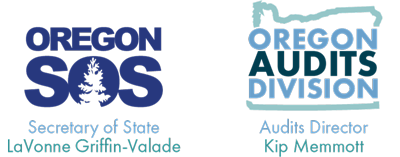Report 2023-25

Why this audit is important
Prescription drugs reduce the need for medical services and improve and extend life. While efforts to lower drug prices have targeted manufacturers, there is growing interest in reviewing the influence of pharmacy benefit managers (PBMs).
The largest PBMs in the U.S. control 80% of the market share and are integrated with the largest health insurance companies and pharmacies, posing risks to drug affordability and access to medications.
Coordinated Care Organization (CCO) patients do not have access to the same medications under the current model. Moving to another CCO could result in patients needing to go through the burdensome prior authorization process.
Adopting leading practices will improve pharmacy access, improve transparency in the prescription drug process, and potentially save taxpayer dollars.
What we found
-
The current structure of Medicaid PBMs is too complex for the State of Oregon to efficiently measure value. The prescription drug process in Medicaid involves multiple entities including sixteen CCOs, six PBMs, hundreds of pharmacies, multiple drug manufacturers, wholesalers, pharmacy administrative organizations, OHA, and the Department of Consumer and Business Services, among others.
-
Oregon’s regulation of PBMs is limited and fragmented. Other states have meaningful legislation targeted at patient protections, pharmacy protections, and transparency. PBM reforms are bipartisan policy efforts to limit unfair practices, which can hurt community pharmacies and limit access for people. Other states are also adopting different PBM models for Medicaid, making it easier for governments to provide effective oversight.
-
Pharmacy reimbursements vary significantly depending on the drugs, pharmacy type, and PBM. Pharmacies often lose money when filling certain prescriptions. We found that national chains, some of which are owned by PBMs or PBM parent companies, were reimbursed twice the amount independent pharmacies were for selected drugs.
-
OHA does not ensure sufficient transparency and compliance from PBMs. While OHA has improved CCO contract language, more needs to be done to ensure high-risk areas are monitored appropriately and contract provisions are comprehensive.

What we recommend
We made two recommendations to OHA and seven to the Legislature. OHA agreed with all of our recommendations. The response can be found at the end of the report.
